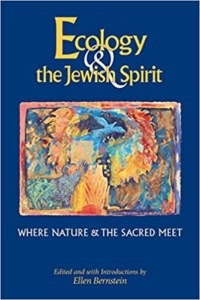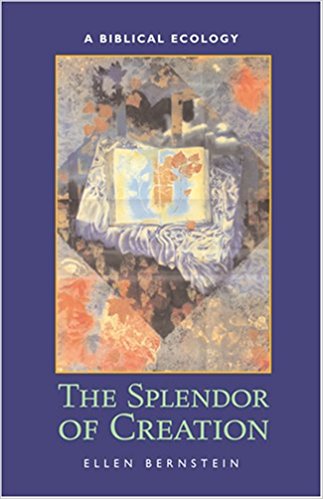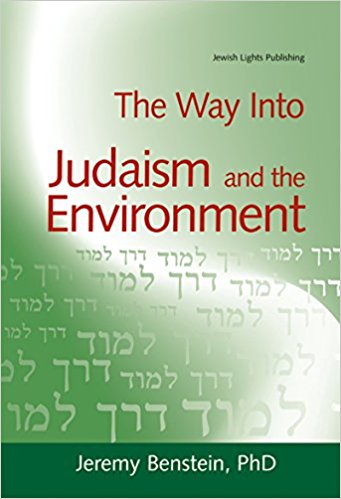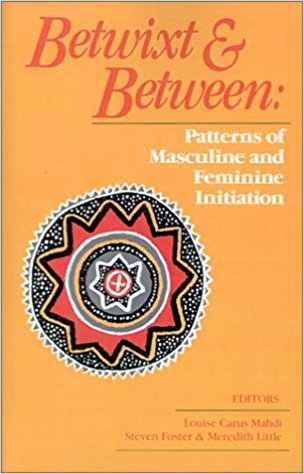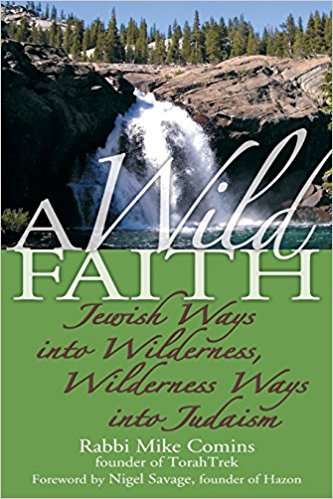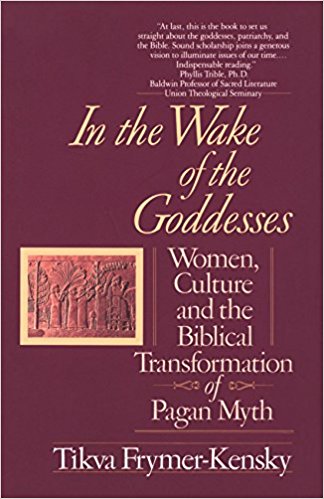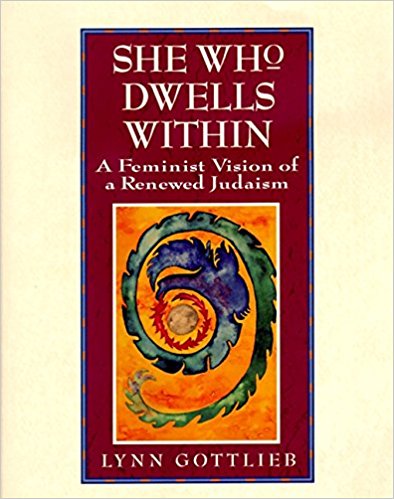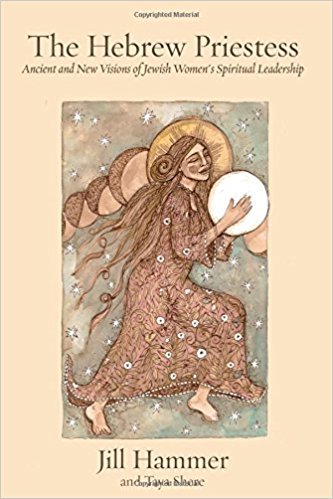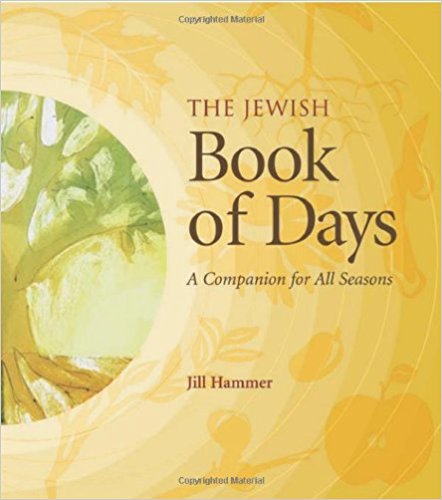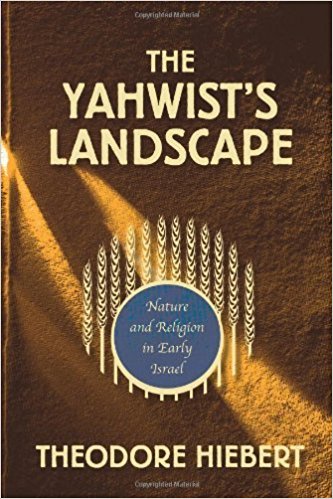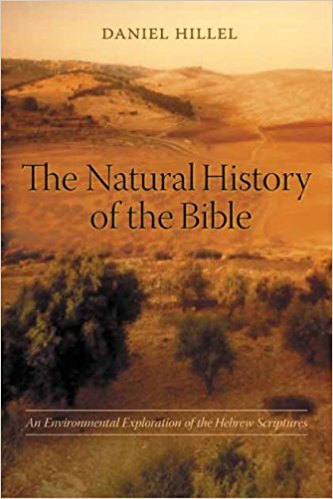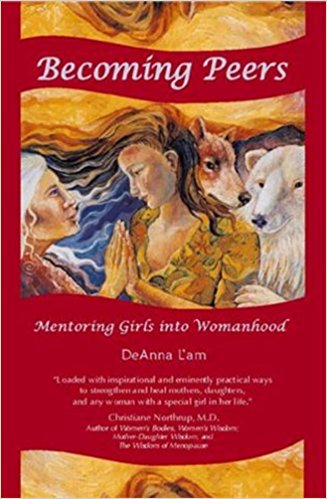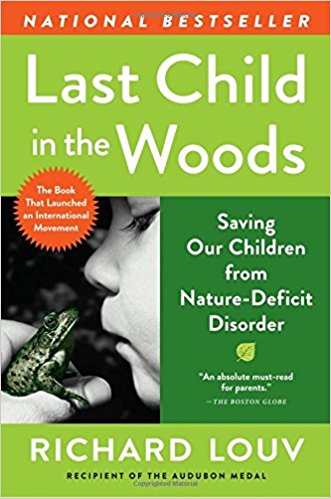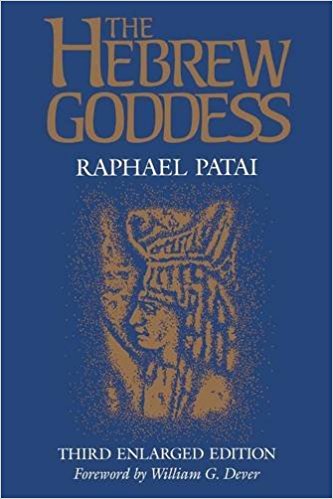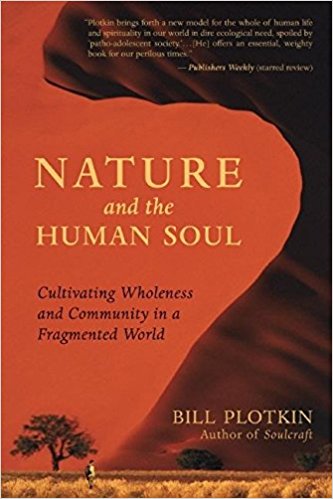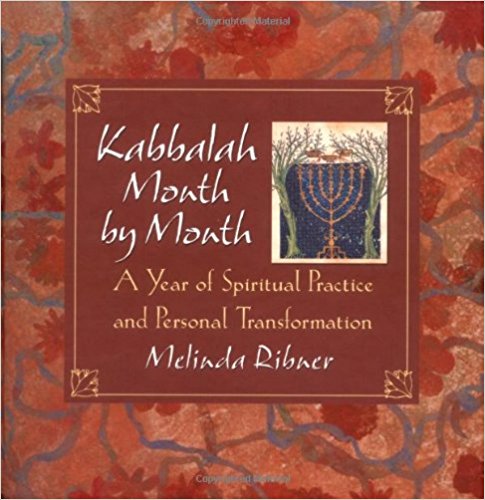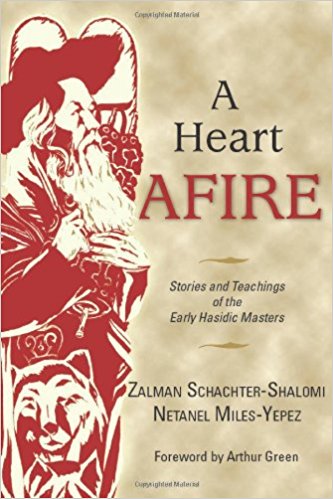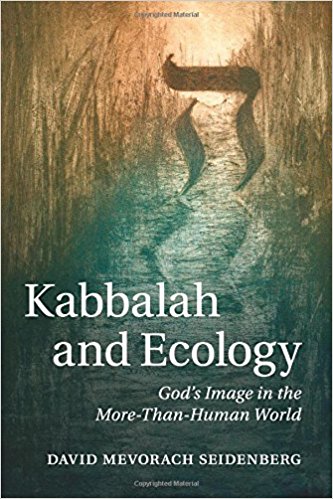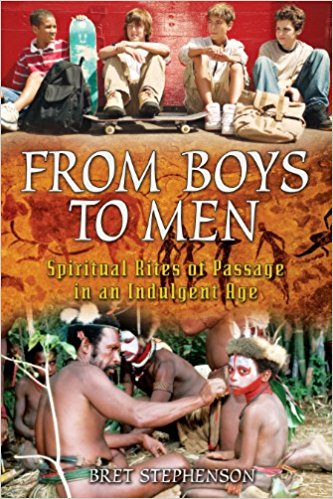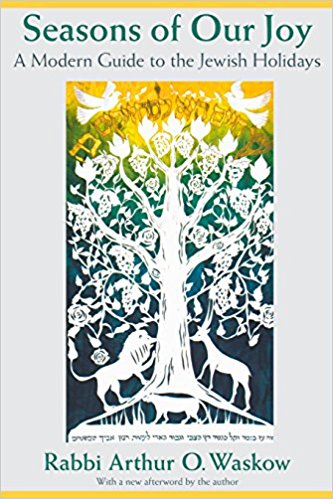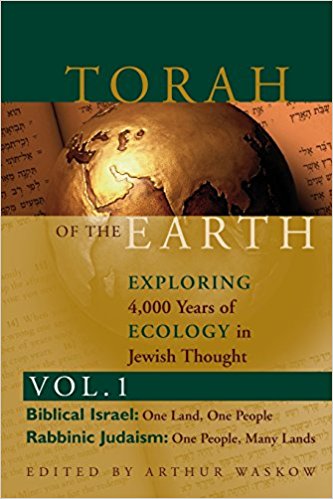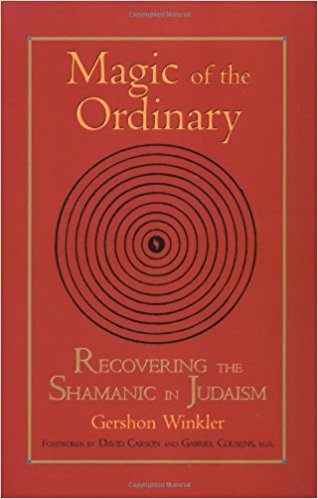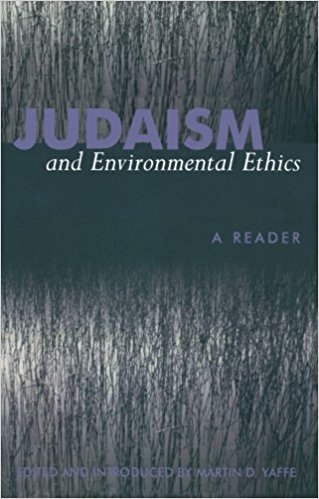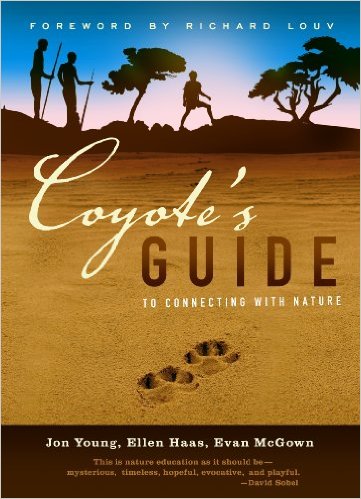Recommended Book List
Wilderness Torah works on the cutting edge of awakening and celebrating the earth-based traditions of Judaism. While we are innovating new, relevant approaches to Jewish life, we stand on the shoulders of those who came before us. This recommended book list provides a sample of thinkers, mentors, and leaders who we learn from and rely upon in paving our thought leadership pathways.
Bernstein, Ellen (Editor, Introduction) Ecology and the Jewish Spirit: Where Nature and the Sacred Meet.
(Woodstock, VT: Jewish Lights Publishing, 1998).
A collection of essays examines passages from the Torah and the Talmud that encourage Jews to partake of the earth as a divine gift and thus to limit consumption. Among other essays, Debra Robbins traces the development of the Jewish calendar to show ways that modern Jews can use the calendar to weave ecological practice into everyday life, and Rabbi Barry Freundel examines the impact of “Judaism’s environmental laws” on the formation of modern Jewish community.
Bernstein, Ellen. The Splendor of Creation: A Biblical Ecology.
(Cleveland, OH: Pilgrim, 2005).
Drawing upon an immanent and mystical understanding of God, Bernstein author explores the first chapter of Genesis. The driving question throughout can “Creation” speak to “environment”? Bernstein argues that it can and must, because “environment” implies a false sense of separation between humanity and nature. The wisdom of Genesis is that it puts the connectedness, responsibility, value, and holiness back into our relationship with the environment.
Benstein, Jeremy. The Way Into Judaism and the Environment.
(Woodstrock, VT: Jewish Lights Publishing, 2006).
This book introduces Judaism and Ecology, drawing from the Bible, rabbinic literature, midrash, the Jewish prayer book, and Jewish theology and philosophy, Benstein examines the dilemma of having dominion over the earth while serving and preserving it; what the Jewish calendar, including Shabbat and holidays, teaches us about our relationship with nature and the environment; and how contemporary environmental challenges present new and mind-opening opportunities for growth in Jewish thought and spiritual life.
Carus, Louise, Steven Foster, Meredith Little. Betwixt and Between: Patterns of Masculine and Feminine Initiation.
(Chicago, IL: Open Court Publishing Company, 1987).
Betwixt and Between offers new insights into the basic elements of initiations and rites of passage. The absence of these traditional supports creates problems in the lives of those who are caught in the void and lack definite expectations at various times of their lives. The chapters on masculine and feminine initiation provide new and creative concepts and practical possibilities for each of us. Initiation has been a missing component in the modern world and needs to be re-introduced with new understanding and consciousness.
Comins, Mike. A Wild Faith: Jewish Ways into Wilderness, Wilderness Ways into Judaism.
(Woodstock, VT: Jewish Lights Publishing, 2007).
An introductory text into the Jewish relationship to the wilderness, including a practical how-to guide to the theory and practice of Jewish wilderness spirituality. This text helps unravel the mystery of Judaism’s connection to the natural world and offers ways for you to enliven and deepen your spiritual life through wilderness experience.
Frymer-Kensky, Tikva. In the Wake of the Goddess: Women, Culture, and the Biblical Transformation of Pagan Myth
(New York: The Free Press, 1992).
Tracing the ancient goddess worshiping practices of ancient Israel and its neighbors, In the Wake of the Goddess provides foundational understanding about the transformation of Israel’s polytheism to a patriarchal monotheism.
Gottlieb, Lynn. She Who Dwells Within: A Feminist Revision of a Renewed Judaism.
(San Francisco: Harper SanFrancisco, 1995).
This woman spiritualist’s quest to find the Shekhinah/the Goddess within Jewish lore and practice contains innovative earth-based legends and rituals. Gottlieb weaves modern midrash with the hidden tales of the lost, ancient Hebrew women to revive the feminine and earth-connected pulse in Judaism.
Hammer, Jill. The Hebrew Priestess: Ancient and New Visions of Jewish Women’s Spiritual Leadership.
(Teaneck, NJ: Ben Yehuda Press, 2015).
The Hebrew Priestess tells the stories of the ancient Jewish women, often reading between the lines of the Bible and Talmud to rediscover the women that rabbinic editors left behind. The Hebrew Priestess weaves together a careful examination of historical antecedents priestesses, delineating 13 models of spiritual leadership.
Hammer, Jill. The Jewish Book of Days.
(Philadelphia, PA: Jewish Publication Society, 2006).
The Jewish Book of Days takes you on a day-to-day journey through the Jewish year, weaving stories from ancient Jewish text and practice to inform you about the earth-based traditions throughout the year.
Hiebert, Theodore. The Yahwist’s Landscape: Nature and Religion in Early Israel.
(New York and Oxford: Oxford University Press, 1996).
By focusing on the Yahwist strand on the biblical material (or “J”), the author rejects the dichotomy between “nature” and “history.” Rather the Yahwist theologian articulated a cohesive orientation to the natural world that conflicts with the Priestly texts.
Hillel, Daniel. The Natural History of the Bible: An Environmental Exploration of the Hebrew Scriptures.
(New York, NY: Columbia University Press, 2006).
Daniel Hillel reveals the interplay between the culture of the Israelites and the environments within which it evolved. More than just affecting their material existence, the region’s ecology influenced their views of creation and the creator, their conception of humanity’s role on Earth, their own distinctive identity and destiny, and their ethics.
L’am, DeAnna. Becoming Peers: Mentoring Girls Into Womanhood.
(Oklahoma, City, OK: Red Moon Publishing, 2007).
A guide to nurture a girl through her coming of age, this book provides practical guidelines for mentoring a girl into womanhood. It offers creative ceremonies and activities designed to honor a girl s transition and call her to new levels of maturity. At the same time, it presents the adult woman/mentor with powerful tools for enhancing her inner and outer life.
Louv, Richard. Last Child in the Woods: Saving our Children from Nature-Deficit Disorder.
(Chapel Hill, NC: Algonquin Books of Chapel Hill, 2005).
In his groundbreaking international bestseller Last Child in the Woods, Richard Louv spotlights the alienation of children from the natural world, coining the term nature-deficit disorder and outlining the benefits of a strong nature connection—from boosting mental acuity and creativity to reducing obesity and depression, from promoting health and wellness to simply having fun.
Patai, Raphael. The Hebrew Goddess.
(Detroit, MI: Wayne State University Press, 1967).
A classic volume examining the sources across time that deal with the Jewish concept of the Divine feminine, and polytheistic influences on Judaism, from the goddess Asherah to the kabbalists’ Shekhinah.
Plotkin, Bill. Nature and the Human Soul: Cultivating Wholeness and Community in a Fragmented World.
Plotkin, Bill. Nature and the Human Soul: Cultivating Wholeness and Community in a Fragmented World.
(Novato, CA: New World Library, 2008).
Encyclopedic overview of life stages in nature-connected and disconnected cultural patterns, Nature and the Human Soul is the definitive text on understanding how humans develop and the need for effective rites of passage.
Ribner, Melinda. Kabbalah Month by Month: A Year of Spiritual Practice and Personal Transformation.
(New York, NY: Jossey-Bass, 2002).
Kabbalah Month by Month offers a treasury of Jewish teachings about the months and reflects on each month’s nature by taking you through the mystical understandings and how the Hebrew calendar is tied to the natural world.
Schachter-Shalomi, Zalman & Netanel Miles-Yepez. A Heart of Fire: Stories and Teachings of the Early Hasidic Masters.
(Philadelphia, PA: Jewish Publication Society, 2009).
Reb Zalman, an old-world Hasidic elder who is also profoundly connected to modern culture, outlines the teachings from the early Hasidic masters, which provide the foundation for both the neo-Hasidic movement and much of earth-based Judaism. This book gives the readers the opportunity to immerse themselves in the world of Hasidic wisdom and narrative and in the teachings of a modern Hasidic master.
Seidenberg, David. Kabbalah and Ecology: God’s Image in the More-Than-Human World.
(Boston, MA: Cambridge Press, 2015).
Kabbalah and Ecology is a groundbreaking book that resets the conversation about ecology and the Abrahamic traditions. Deeply grounded in traditional texts and fluent with the physical sciences, this book proposes not only a new understanding of God’s image but also a new direction for restoring religion to its senses and to a more alive relationship with the more-than-human, both with nature and with divinity.
Stephenson, Bret. From Boys to Men: Spiritual Rites of Passage in an Indulgent Age.
(Rochester, VT: Park Street Press, 2004).
A guide to restoring the successful models used by ancient cultures the world over to raise adolescent boys, this book explains the negative effects of Western youth culture and how it can be transformed. Stephenson offers instructions for integrating basic rites of passage into modern family life and youth programs.
Waskow, Arthur. Seasons of our Joy: A Modern Guide to the Jewish Holidays.
(Boston, MA: Beacon Press, 1982).
Focusing on the Jewish festival calendar, Waskow discusses the seasonal placement of each holiday and its wider context within Near Eastern myth and how we can bring these festivals and their relationship to the natural world ally.
“Waskow, Arthur. Torah of the Earth: Exploring 4,000 Years of Ecology in Jewish Thought. (2 vols)
(Woodstock, VT: Jewish Lights, 2000).
Judaism and the environment is examined in this two-volume anthology. The first volume deals with “Biblical Israel and Rabbinic Judaism” while the second is devoted to “Zionism and Eco-Judaism.” The essays generally portray Judaism as having an ancient link to the earth.
Winkler, Gerson. Magic of the Ordinary: Recovering the Shamanic in Judaism.
(Berkeley, CA: North Atlantic Books, 2003).
Rabbi Gershon Winkler recovers the long-lost wisdom of what he calls “Aboriginal Judaism” — Judaism’s tribal roots. This book tracks his personal journey and draws from a dazzling mix of sources to detail the surprising connections between Judaism as an indigenous tradition.
Yaffe, Martin D. Judaism and Environmental Ethics: A Reader.
(Lanham, MD: Lexington Books, 2001).
Martin’s collection of essays addresses the Lynn White critique that the bible is responsible for the environmental crisis. Using historical, philosophical, and ethical approaches, this anthology of essays reveal a variety and complexity of biblical understandings of the relationship between humans and the environment.
Young, Jon, Ellen Hass, Evan McGown. Coyote’s Guide To Connecting with Nature.
(Shelton, WA: OwlLink Media Company, 2010).
The Coyote’s Guide is the quintessential guide to nature connection. This book is the text that mentors nature mentors through the 8-Shields Model and activities for nature connection. Essential for anyone working as a mentor in the nature connection field.

